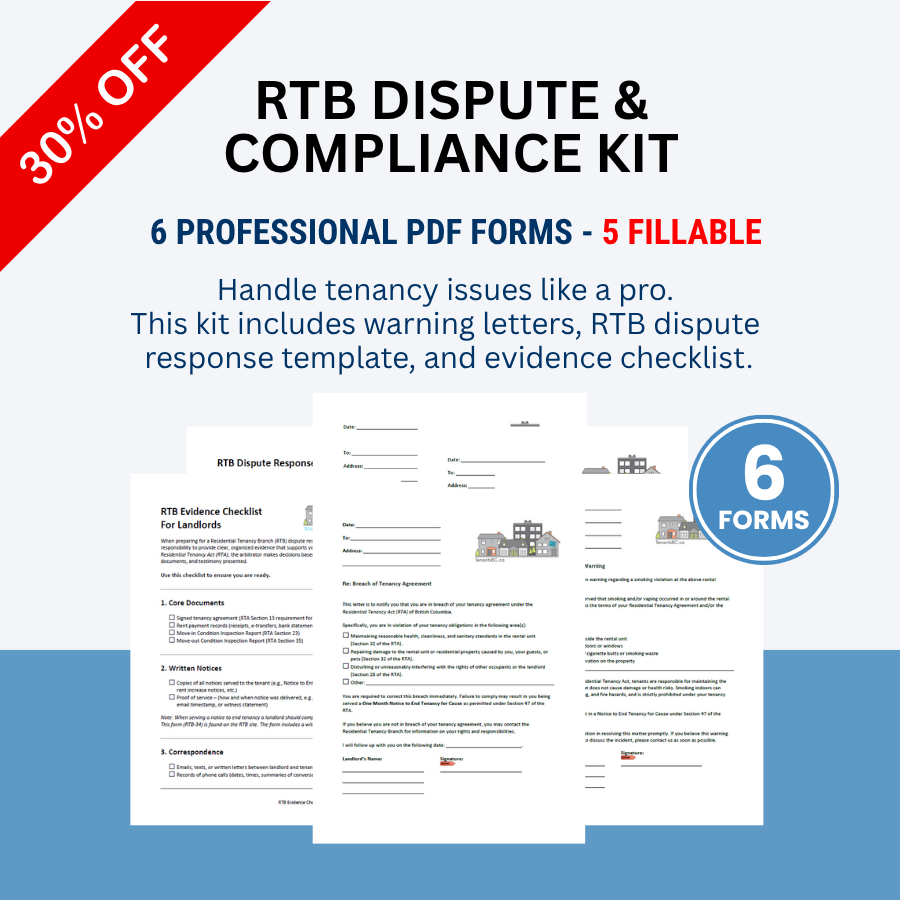As a landlord, you play a key role in supporting your tenants’ housing stability — and that includes helping to raise awareness about rent-assistance programs. One such program in British Columbia is SAFER (Shelter Aid for Elderly Renters). When eligible seniors apply and receive this subsidy, it can help your tenant meet rent obligations and reduce the risk of non-payment or turnover, which benefits both of you.
Here’s what you need to know about SAFER and how you can help your tenants take advantage of it.
What is SAFER?
The SAFER program is a rental assistance initiative run by BC Housing, designed to help older renters in the private market. In short:
-
It provides a monthly cash payment (a subsidy) to eligible seniors aged 60 and over.
-
The subsidy is meant to reduce the amount of rent the household pays and increase affordability.
-
It is available to renters in the private market who meet the eligibility conditions.
Why this matters for landlords
-
A tenant with SAFER support may be more able to meet rent payments reliably because they have extra income support.
-
Helping eligible tenants apply may reduce turnover, vacancies or arrears — that’s a win for you.
-
Demonstrating that you support tenants’ access to assistance programs can also be part of a broader property-management strategy focused on stable, long-term tenancies.
Who is eligible?
For a tenant (or tenant couple) to qualify for SAFER, some of the key eligibility criteria are:
-
The primary applicant must be age 60 or older.
-
Gross monthly household income must be less than about $3,333 (approximately $40,000 annually).
-
They must have resided in B.C. for at least 12 months.
-
They must pay more than 30% of gross monthly income toward rent.
-
Some exclusions apply: for example, tenants cannot already live in subsidized housing, a residential care facility funded by the Ministry of Health, or be receiving certain forms of income or disability assistance.
What the landlord’s role can be
Here are some practical ways you as a landlord can help your tenants navigate SAFER:
-
Inform your eligible tenants
If you have tenants aged 60 or older, you could include a short notice in your welcome or renewal letters: “Did you know about SAFER rent-subsidy for seniors?” Provide a simple explanation and encourage them to check if they qualify. You can also download a SAFER handout here: https://www.bchousing.org/sites/default/files/media/documents/Shelter-Aid-For-Elderly-Renters-Brochure.pdf -
Provide the required rental information or documentation
The SAFER application asks for proof of rent, such as a copy of the tenancy agreement, a rent-increase notice, or a rent receipt showing name, amount and address.-
You may be asked to complete a “Landlord Declaration” section if the applicant cannot provide one of the proofs listed.
-
Having good, up-to-date tenancy paperwork, rent receipts and rent-increase notices helps make this process easy.
-
-
Respond promptly to tenant requests for documents
If the tenant asks for a copy of the lease, rent-increase notice or rent receipt, provide it in a timely way — this helps them complete and submit their SAFER application sooner. -
Encourage re-application annually
SAFER recipients must reapply each year to continue receiving the subsidy.-
You can remind eligible tenants when you send renewal materials or when a lease is up for renewal.
-
-
Keep communication open about rent increases
If the tenant receives a rent increase notice, they need to forward it to BC Housing so their subsidy can be adjusted.-
Let tenants know about this and ensure they have the rent-increase document ready.
-
Application process — what the tenant must do
While you help by providing documentation, the tenant is responsible for applying. Steps include:
-
Downloading and completing the SAFER application form.
-
Attaching supporting documents such as a tax return, current income proof, proof of age, and rent receipts.
-
Submitting the application online, by fax, by mail or in person.
-
Once processed, the subsidy will begin in the month the completed application is received.
FAQs landlords often ask
Q: Do I need to do anything special in my rental agreement for SAFER?
A: No special clause is required. The rental agreement just needs to include the rent amount and tenant name. If the tenant can’t supply proof of rent, you may be asked to complete a Landlord Declaration form.
Q: Will the subsidy change my rent-increase rights?
A: No. SAFER is a subsidy to the tenant; it doesn’t impact your right as a landlord under the Residential Tenancy Branch to set rent increases within the annual allowable limit. However, tenants should forward any rent-increase notice to BC Housing so their subsidy remains accurate.
Q: What about tenants who move?
A: If the tenant moves, they must inform SAFER and provide details of the new tenancy (address, rent, landlord name) so the subsidy can be updated.
In summary
When you as a landlord take the small step of informing your senior tenants about SAFER and being ready to supply basic documents like the lease or rent receipts, you contribute to smoother tenancies, greater financial stability for tenants, and less risk for your rental unit. It’s a win-win.
By promoting awareness, maintaining good tenancy paperwork, and facilitating access to rent-assistance, you help build a rental environment where senior tenants are supported, rent is paid reliably, and turnover is reduced.
Learn More
For full details, eligibility guidelines, and application forms, visit the BC Housing website at:
https://www.bchousing.org/housing-assistance/rental-assistance-programs/SAFER












